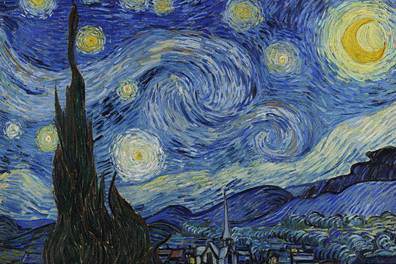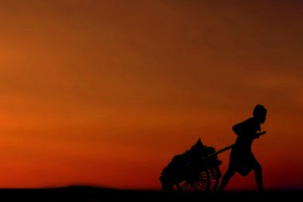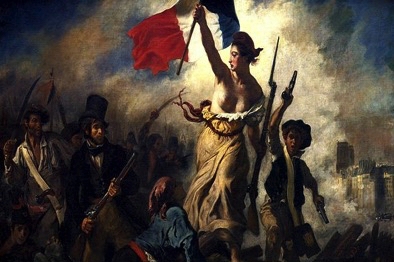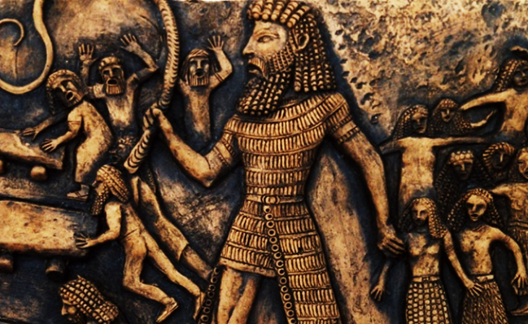And Pondering Planting a Breadfruit Tree
This is my second Johnny Appleseed-esque essay. I wrote about John Chapman, alias Johnny Appleseed, in my previous essay. He was really into planting apple trees, especially in the frontier of America in the early 19th century. Chapman’s apple trees didn’t bear eating apples, but they did produce apples for hard cider and applejack, a type of brandy. He planted well over 1,200 acres of apple trees during his life.
Chapman and I were driven to achieve in life. I’m not going to be remembered for what I have planted. My Christmas cactus had two blooms that appeared and died since I wrote my first article. It is a healthy Christmas cactus, but it lacks bloom productivity.
Loofah seeds that I discovered in my shower never even started to grow. However, failure was incentive enough to continue to emulate Chapman. I eat dried mangos all the time. After my early morning pilgrimage to the Southlake YMCA for 30 minutes in the sauna, I eat some mango strips on my way home. Therefore, I decided to grow a mango tree in my backyard. My family in Myanmar has mango trees around their home.
Off I went shopping for a mango at a local grocery store. I had never tried eating a mango that wasn’t dried. I was surprised by the size of the seed or nut inside the fruit. Chapman never tried to plant mango trees. Therefore, I googled mango planting instructions.
It is a pretty simple process to begin the process. It is necessary to wrap the seed in a damp paper towel, put it into a plastic baggie, and wait. After a week, this is what a germinated mango seed looks like. The brown covering of the actual seed fell off due to the seed growing larger. The beginning of the mango tree is the small growth circled in red.
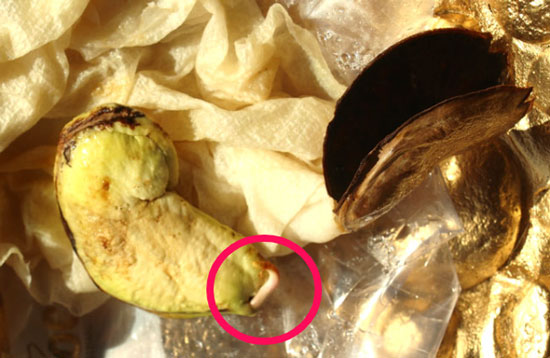
I thought I’d wait until around Valentine’s Day before planting. This is my planting video.
So, as I impatiently wait for my mango tree to bear fruit, I thought the breadfruit tree would be my next Johnny Appleseed-esque endeavor. In my research about the breadfruit tree had an interesting duality. While I knew a great deal about that tree, there was a vast database of things I did not know.
Therefore, this is what I know about the breadfruit tree. It all revolved around not about the tree, but it was about the Mutiny on the Bounty.
After a great deal of work by the crew of the HMS Bounty, over a thousand small breadfruit trees were housed aboard the ship’s lower deck.
The trees were the root of the mutiny on the Bounty on April 28, 1789. This scene starts with 1st Lt. Fletcher Christian telling Captain William Bleigh to leave the Bounty.
The Bounty is the backstory. So, what did I discover about the actual breadfruit tree? Its genesis originated in the Malay Archipelago. No one knows how many millennia existed in the Malay Archipelago.

The islands of the Malay Archipelago in Southeast Asia
Captain Cook discovered them in Tahiti in 1769. Two decades later, Captain Bligh and the crew of the HMS Bounty also went to Tahiti. The purpose was to collect a thousand young breadfruit trees. While the mutiny resulted in losing all the trees, he returned several years later to get samples, which he brought to the British colonies in the Caribbean for food for the local enslaved population.
Breadfruit reminds people of a potato and not a fruit. It is a starchy food full of fiber, vitamins, and minerals. It can be cooked in various ways, and the breadfruit can even be fermented. Breadfruit trees can grow as much as 80-90 feet high and yield 200 fruits annually.
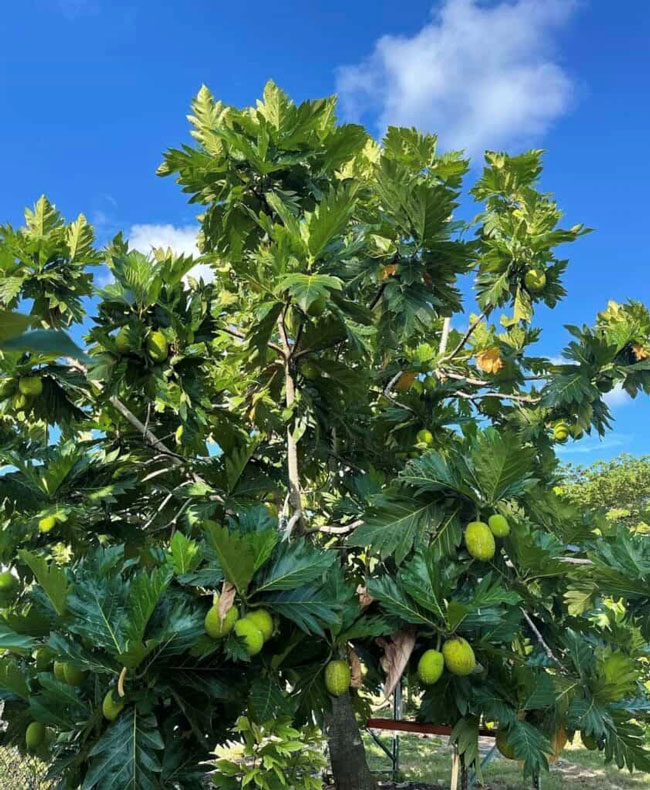
Presently, I’m 82 and in relatively good health. I exercise and go to the sauna daily. I wonder how long it will take for my breadfruit tree to yield its first fruit.
This is the film Mutiny on the Bounty.







